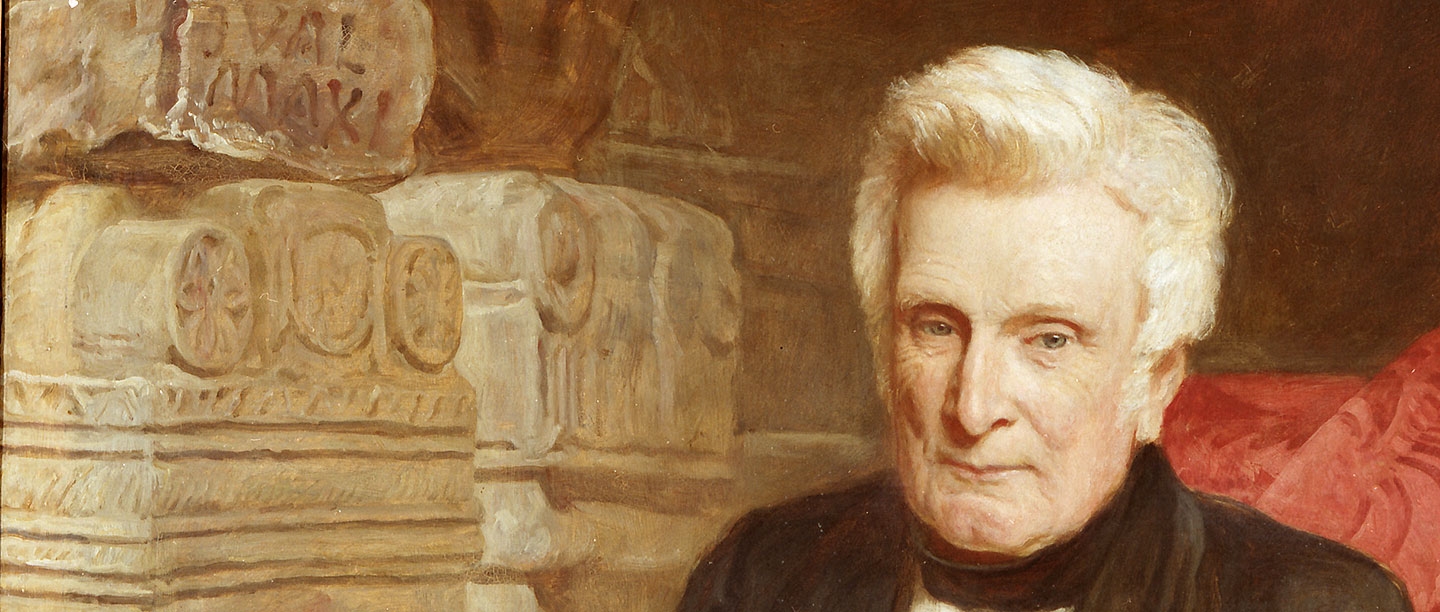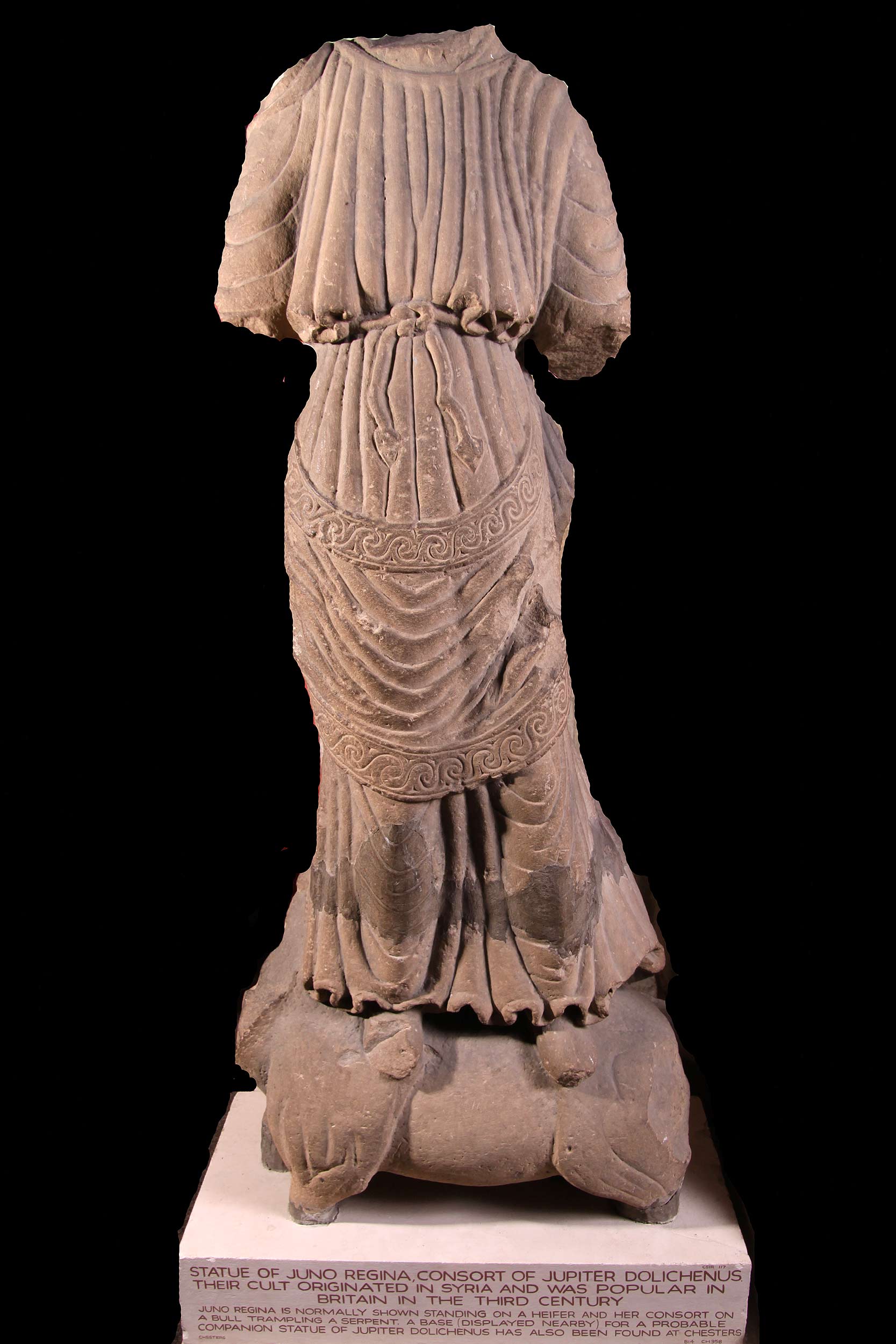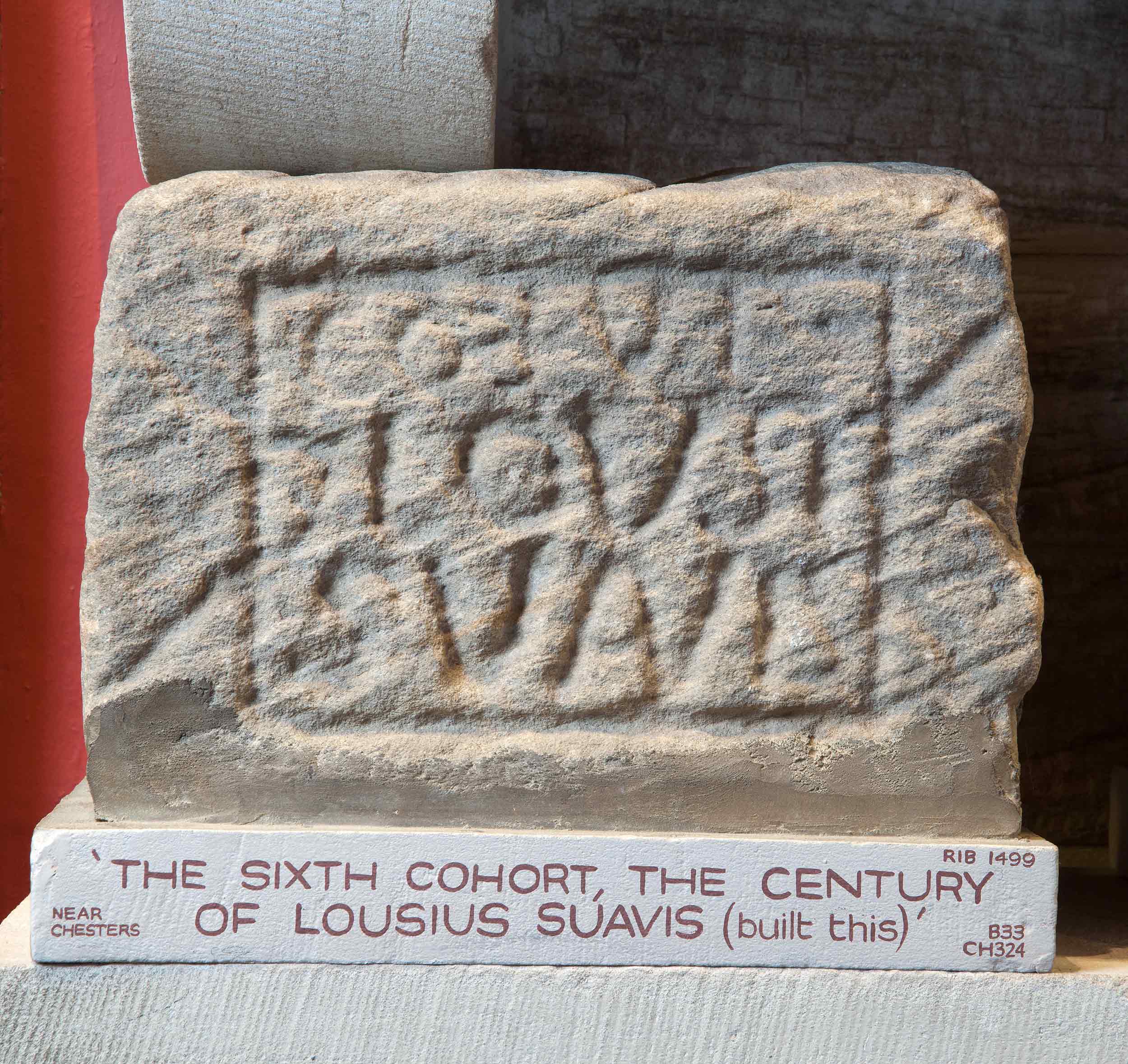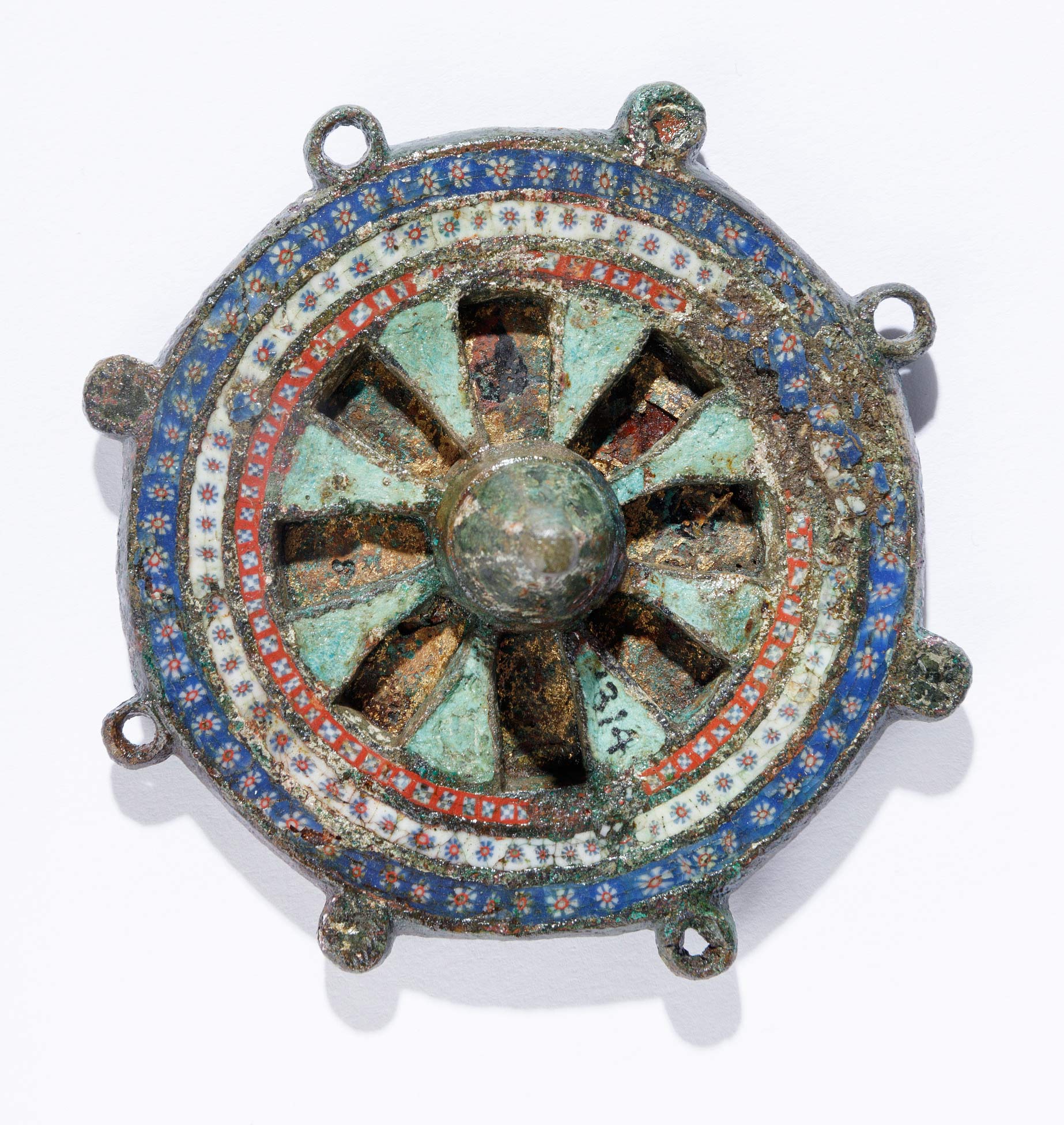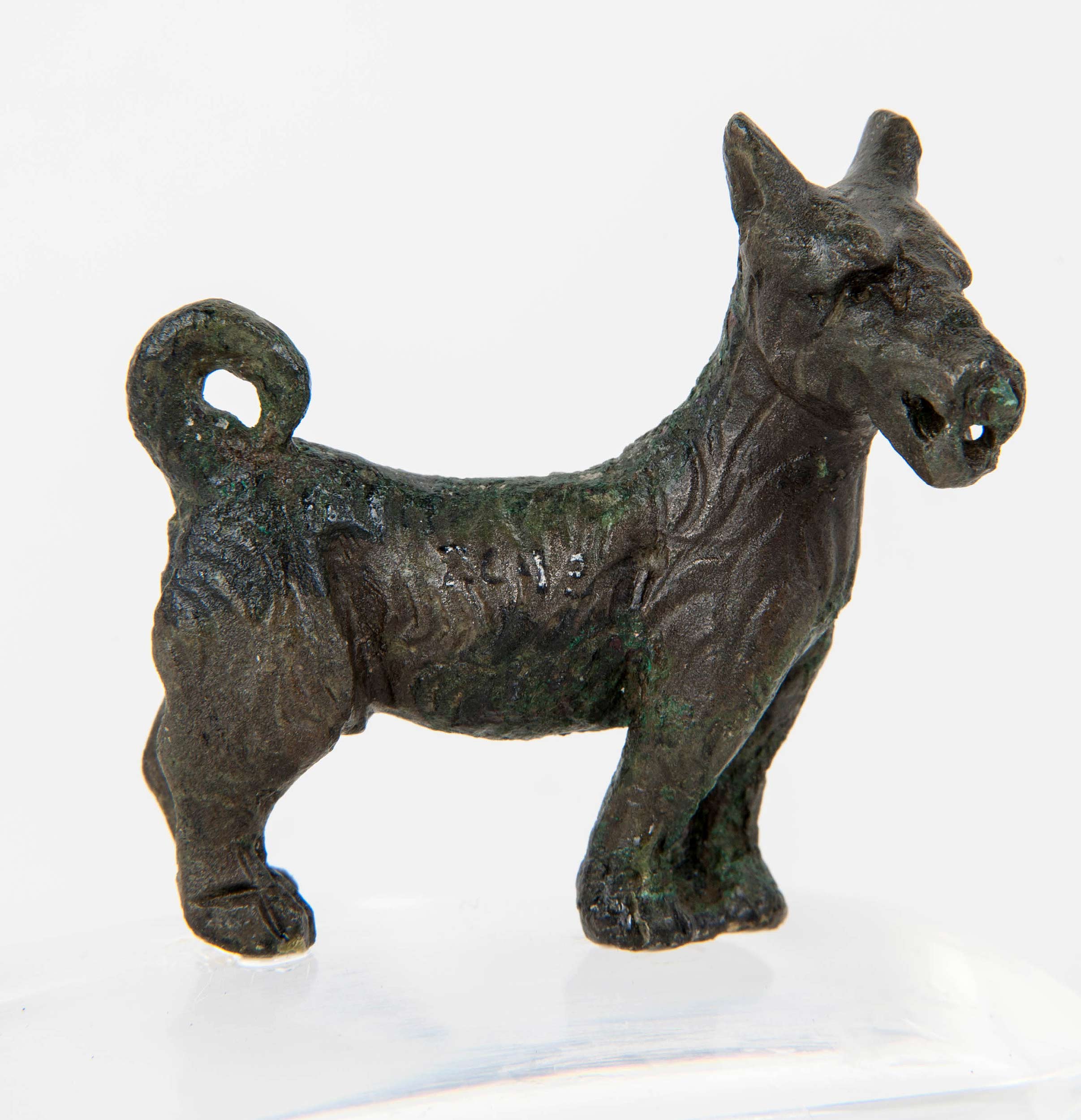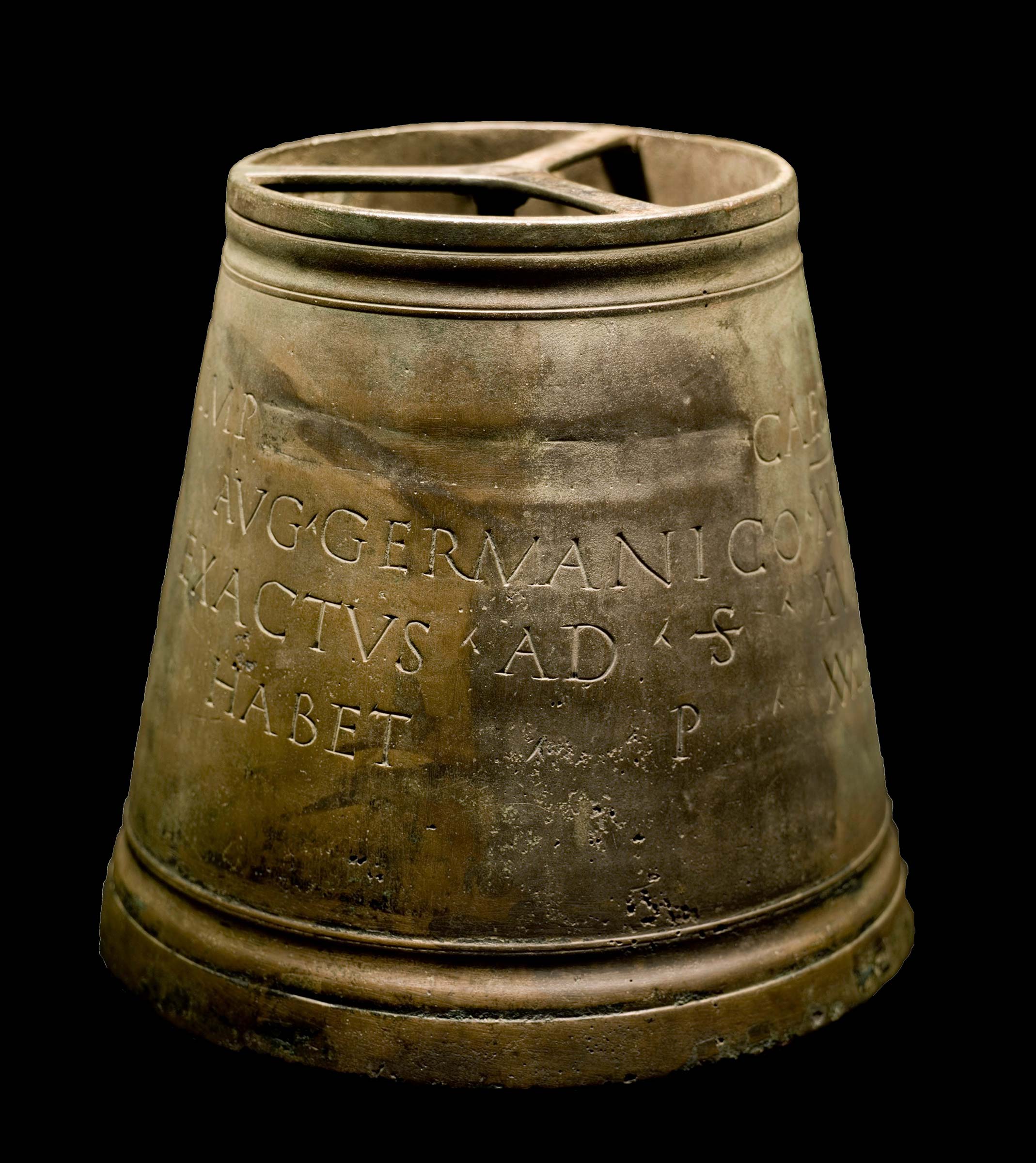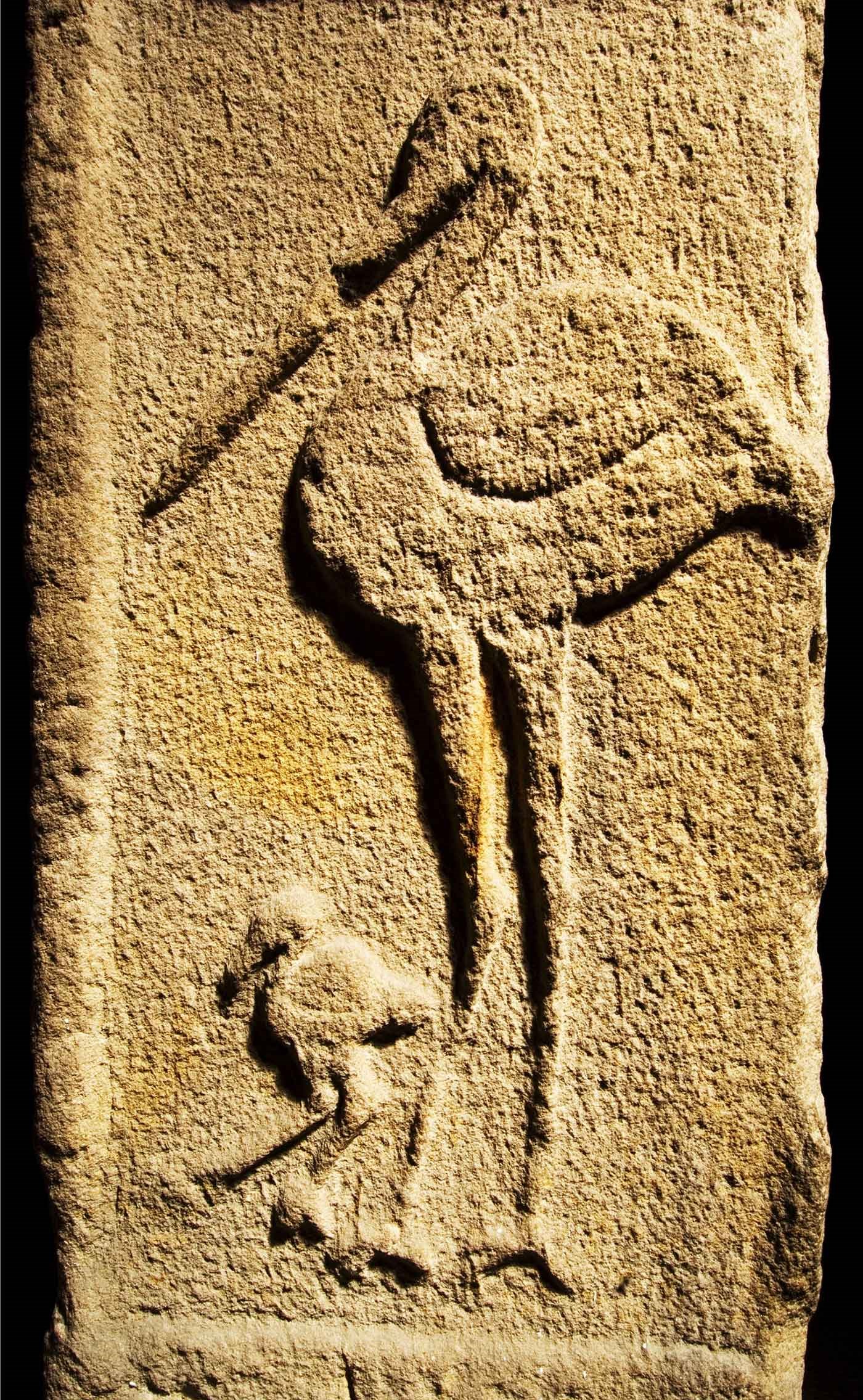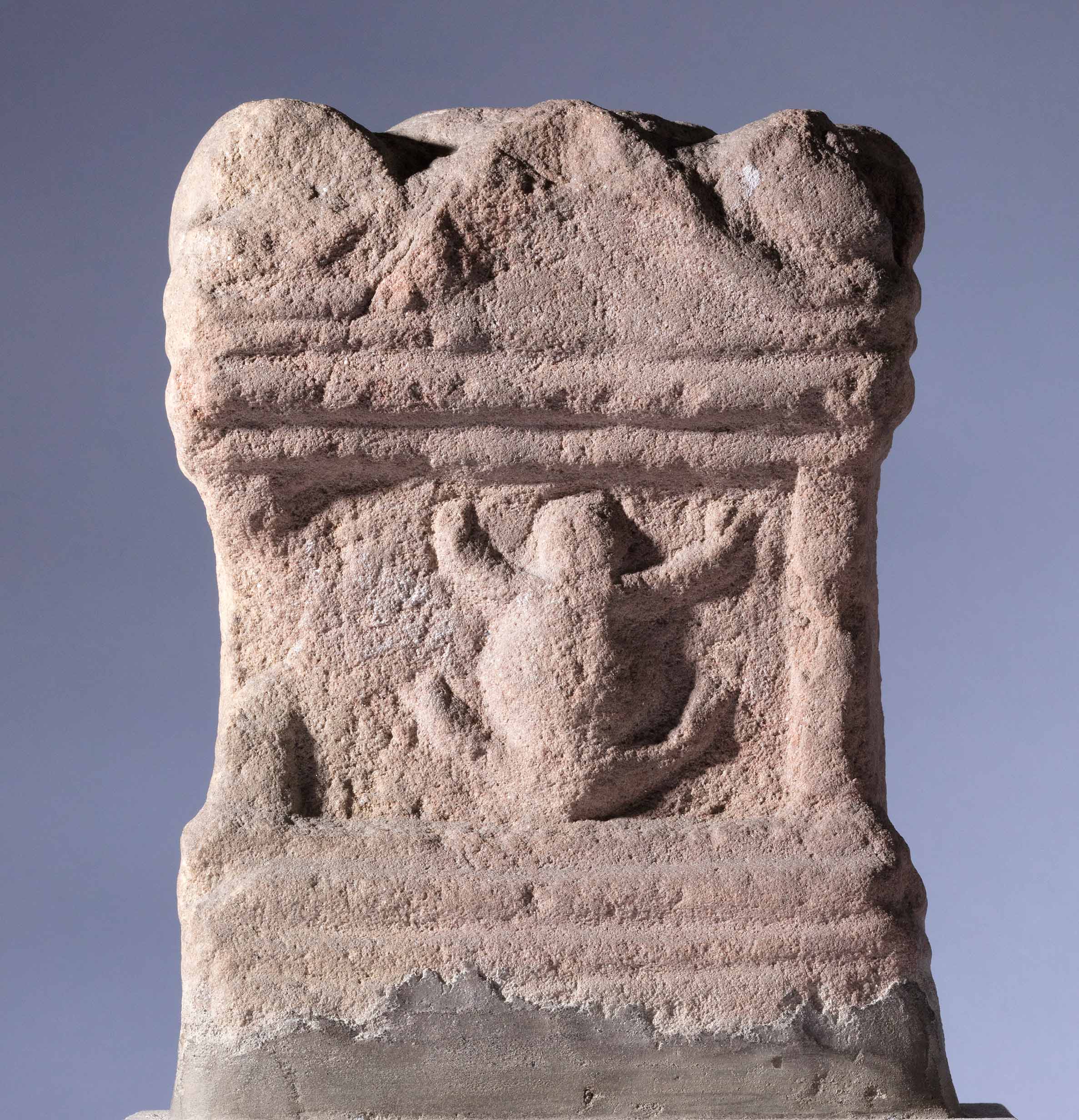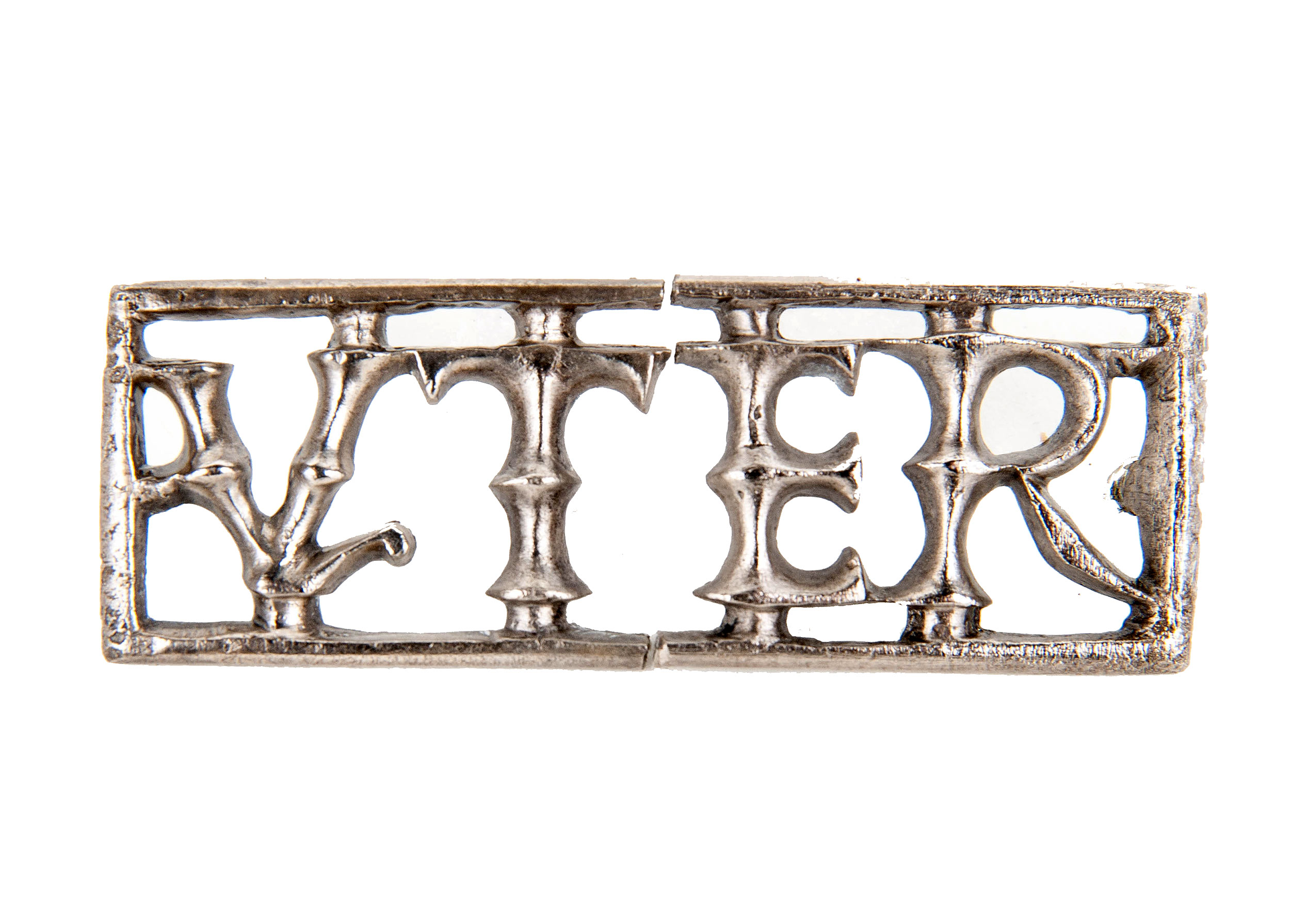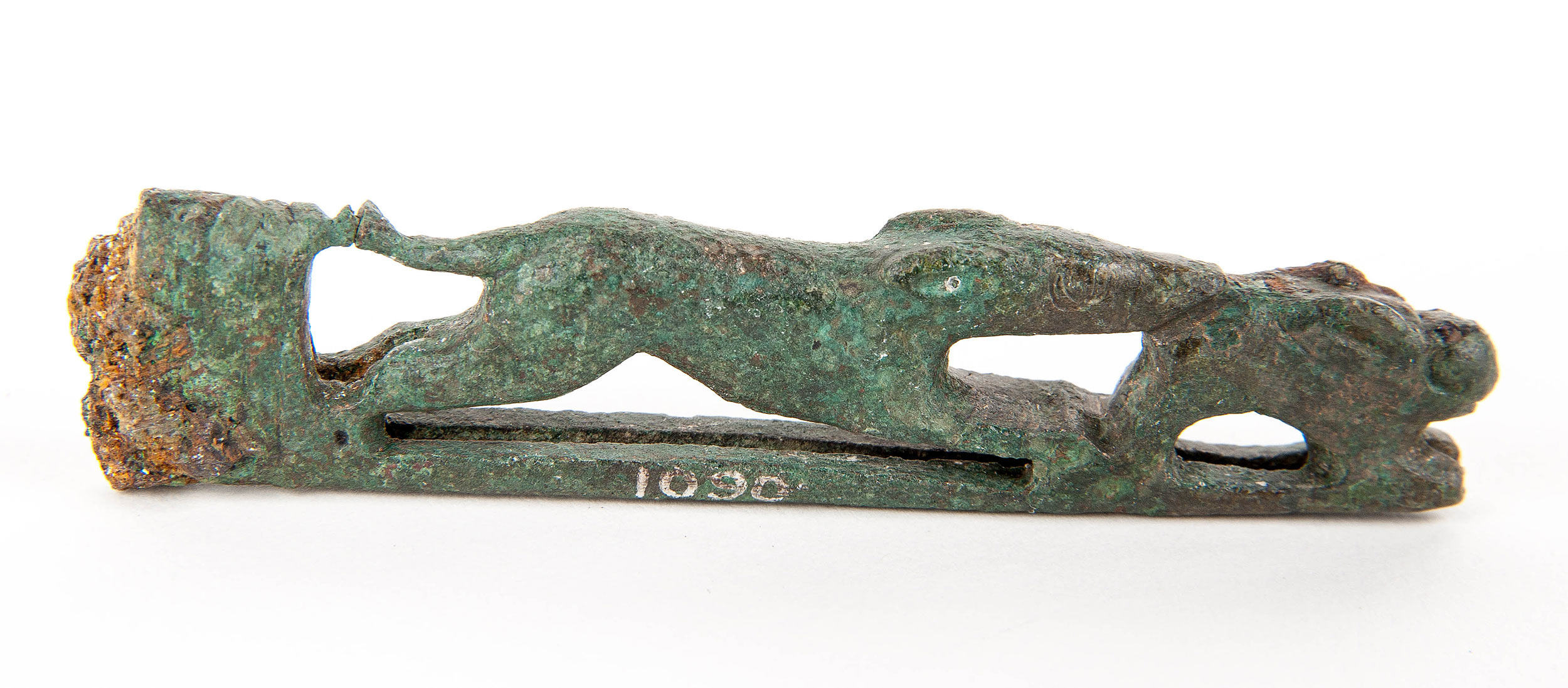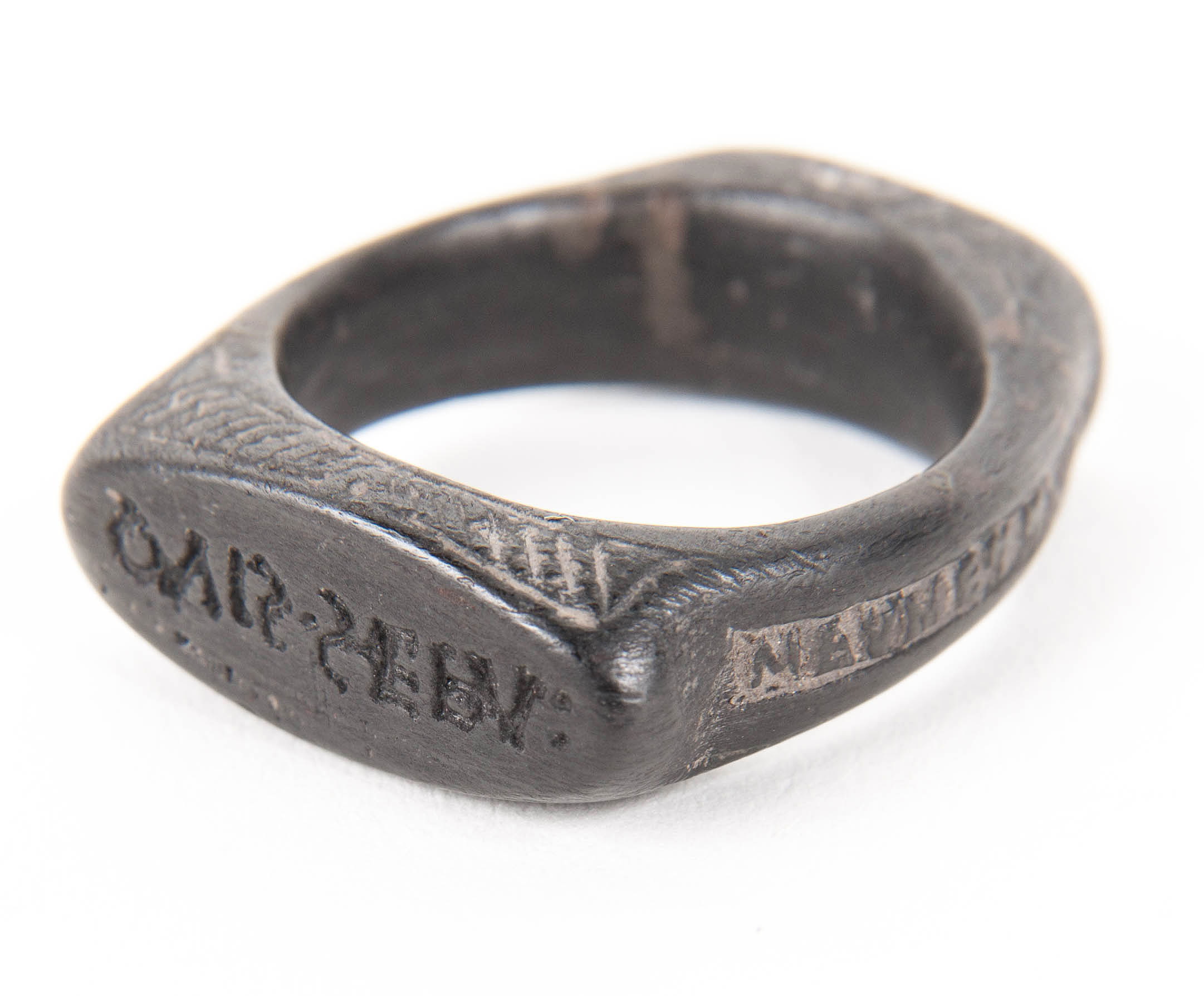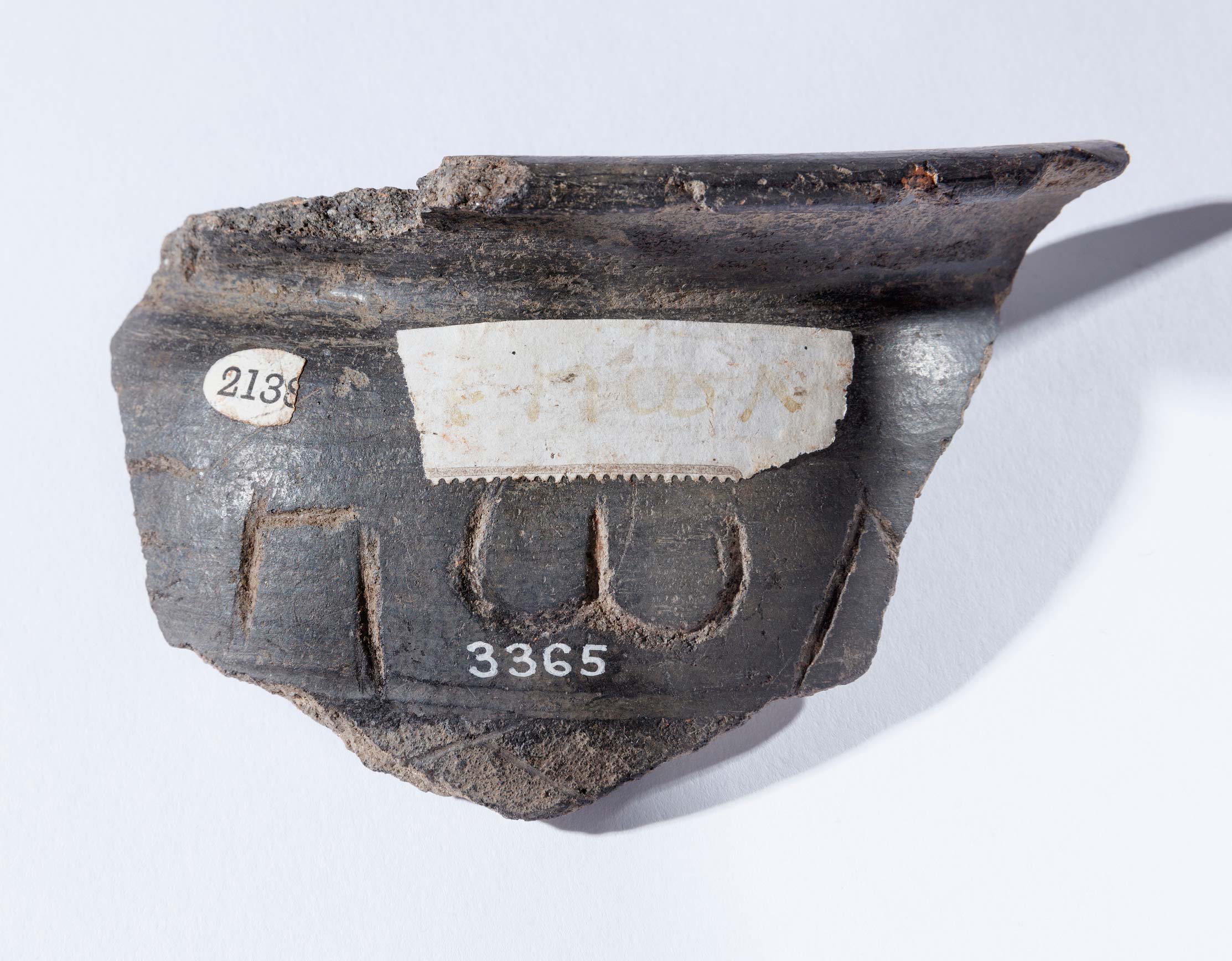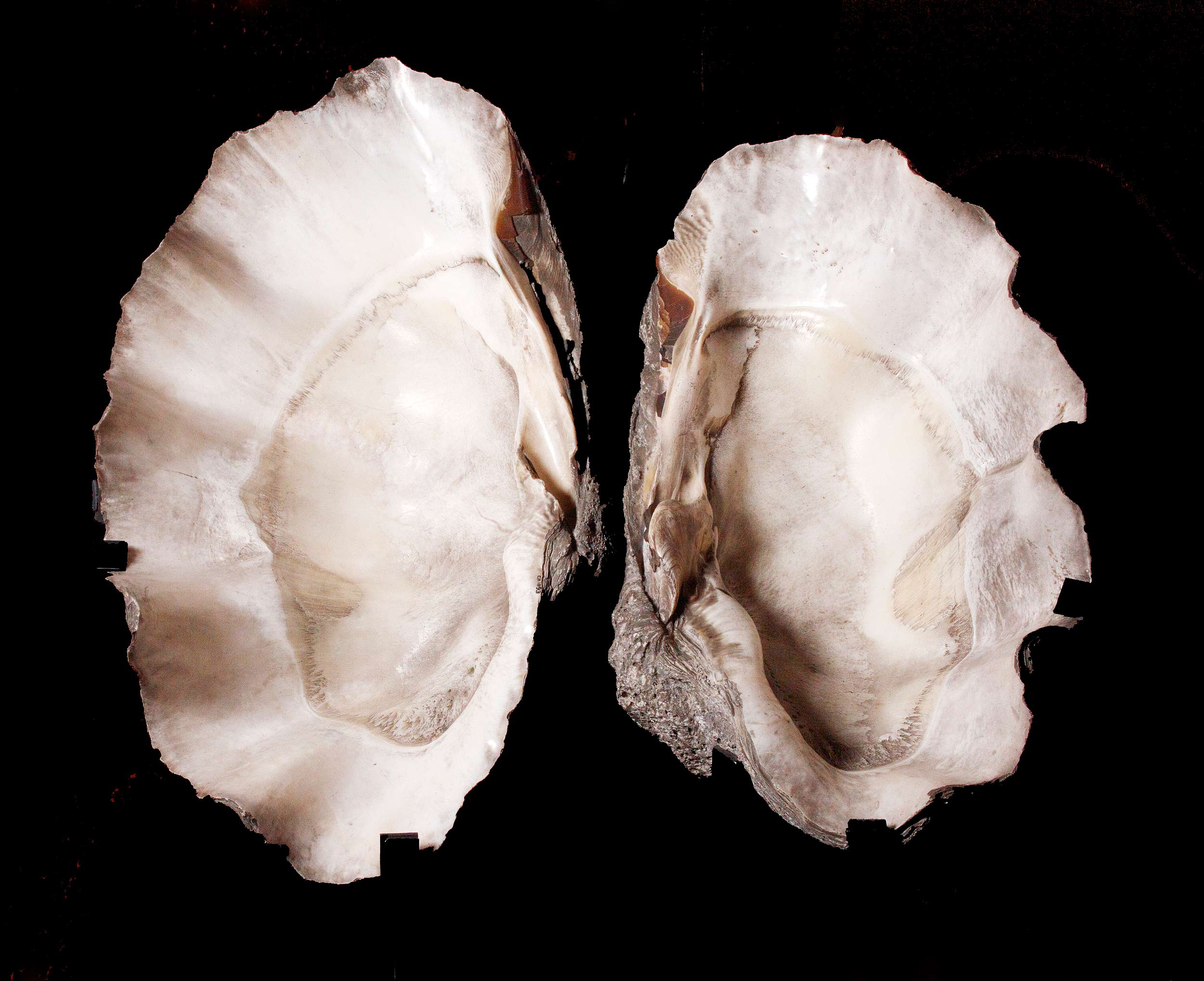The most famous group of material is the wide range of inscriptions and sculpture, in particular the religious material, with many deities and religions represented. Certain finds are internationally important, such as the Coventina’s Well material, found in 1876 by the fort of Carrawburgh. However, the collection also holds many hidden gems, such as painted wall plaster from Chesters, delicate glasswork and intriguing graffiti.
The collection is displayed in Chesters Museum, which was built in 1895 to house the material and has been open to the public since 1896. It is owned by the Trustees of the Clayton Collection but managed and cared for by English Heritage.
Top image: Detail from one of only three known portraits of John Clayton (1792–1890). He was the town clerk of Newcastle, the head of a large law firm and a keen antiquarian, and grew up at Chesters, with the fort in his front garden.
Related content
-
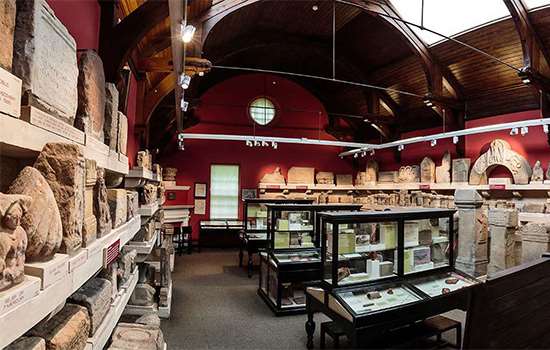
History of Chesters Roman Fort
One of a series of permanent forts built during the construction of Hadrian’s Wall, Chesters housed some 500 cavalrymen.
-
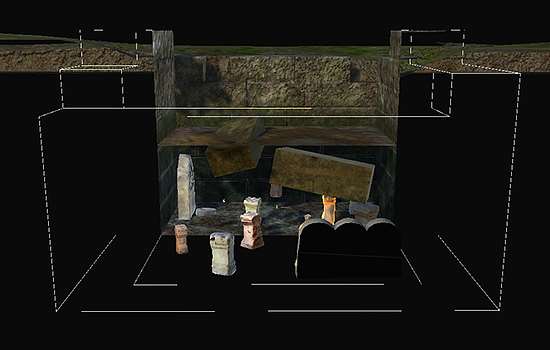
Clayton Collection Virtual Tour
Explore the collection using this virtual tour created by the Trustees of the Clayton Collection.
-
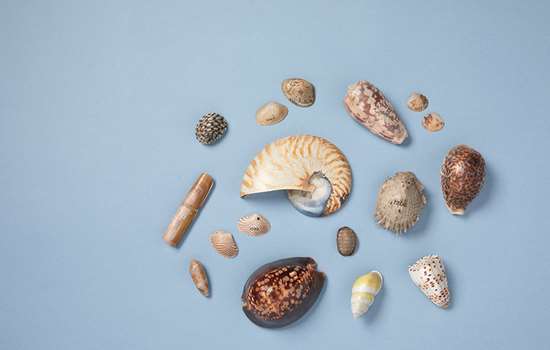
Bridget Atkinson’s Shell Collection
Explore some of the highlights from Bridget Atkinson’s shell collection featuring items from around the world.
-
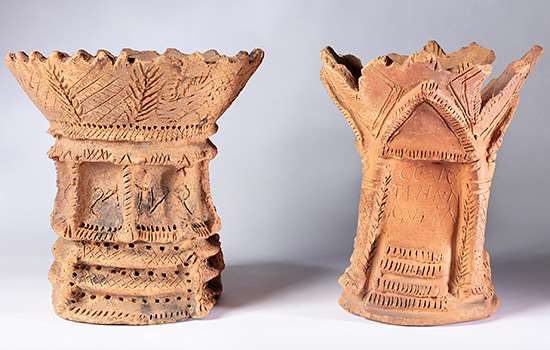
Carrawburgh Roman Fort Collection Highlights
Highlights include objects discovered at the shrine to the goddess Coventina, comprising more than 20 altars, about 16,000 coins and many other offerings.
-

Corbridge Roman Town Collection Highlights
The collection at Corbridge includes the best collection in northern Britain of inscriptions and sculpture in terms of depth, range and scope.
-
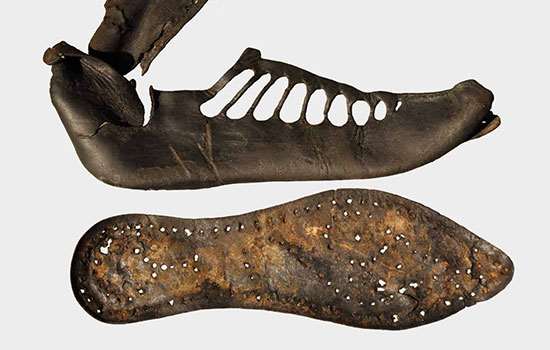
Housesteads Roman Fort Collection Highlights
At Housesteads English Heritage cares for material found both within and outside the fort, revealing evidence of both military and civilian life.
-

Collections Highlights
English Heritage cares for more than 700,000 objects. Browse collections highlights from English Heritage sites across the country.
